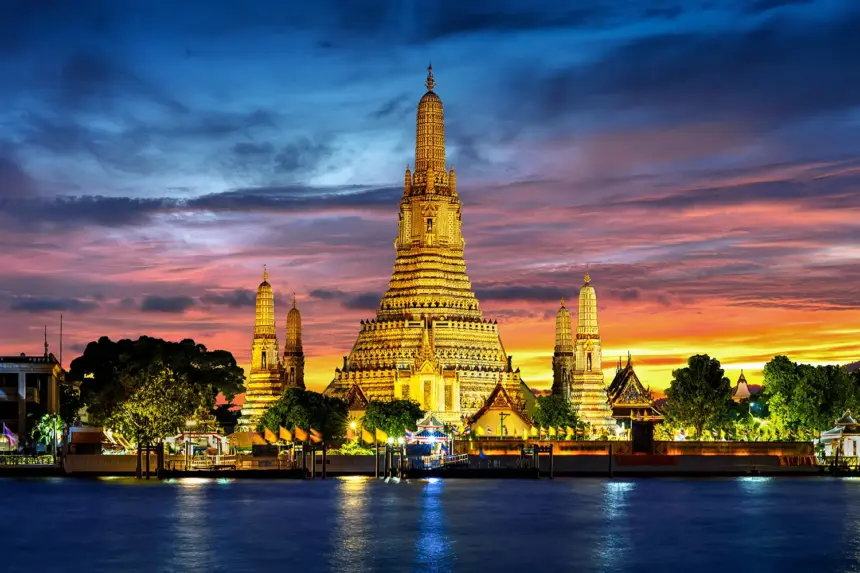The History of Thailand: A Journey Through Time
Thailand, known as the “Land of Smiles,” boasts a rich and complex history that spans several millennia. This Southeast Asian nation, which has never been colonized by a Western power, has a unique cultural heritage shaped by waves of migration, regional influences, and the constant adaptation to external pressures. From the ancient kingdoms of Sukhothai and Ayutthaya to the modern-day monarchy, Thailand’s history is a tapestry of resilience, unity, and transformation.
- Early History and the Formation of Thai Identity
- The Sukhothai Kingdom: The Dawn of Thai Civilization
- The Ayutthaya Kingdom: A Period of Expansion and Prosperity
- The Thonburi and Early Rattanakosin Periods: Reunification and Revival
- The 19th and Early 20th Centuries: Modernization and Western Influence
- The 20th Century: Revolution, War, and the Path to Modernity
- Thailand in the 21st Century: Continuity and Change
Early History and the Formation of Thai Identity
The earliest human settlements in what is now Thailand date back to the Paleolithic period, approximately 20,000 years ago. Archaeological findings, such as stone tools and cave paintings, indicate the presence of prehistoric communities who engaged in hunting, gathering, and later, farming.
The first significant cultural and political developments in the region occurred during the Dvaravati period (6th to 11th centuries). The Mon people, an ethnic group that migrated from present-day Myanmar, established the Dvaravati culture in the Chao Phraya River basin. Influenced by Indian civilization, the Dvaravati people adopted Theravada Buddhism, a religious tradition that continues to play a central role in Thai society. The Dvaravati period laid the groundwork for the emergence of a distinct Thai identity, characterized by a blend of indigenous traditions and external influences.
The Sukhothai Kingdom: The Dawn of Thai Civilization
The 13th century marked the beginning of a new era in Thai history with the rise of the Sukhothai Kingdom. Founded in 1238 by King Ramkhamhaeng, Sukhothai is often regarded as the first truly independent Thai kingdom. King Ramkhamhaeng is credited with creating the Thai script, which remains in use today, and promoting Theravada Buddhism as the state religion.
The Sukhothai Kingdom is celebrated for its contributions to Thai art, architecture, and culture. The period is often referred to as a “golden age” due to the flourishing of Thai identity and the development of key institutions. The kingdom’s capital, Sukhothai, became a center of learning and religious devotion, with its iconic temples and Buddha statues standing as testaments to the era’s spiritual and artistic achievements.
However, the Sukhothai Kingdom’s influence began to wane in the late 14th century, as the rising power of Ayutthaya to the south overshadowed it. By 1438, Sukhothai was absorbed into the Ayutthaya Kingdom, marking the end of its independence but not the end of its cultural legacy.
The Ayutthaya Kingdom: A Period of Expansion and Prosperity
The Ayutthaya Kingdom, founded in 1351 by King Uthong, became one of the most powerful and prosperous states in Southeast Asia. Located strategically on the Chao Phraya River, Ayutthaya was well-positioned for trade and diplomacy, allowing it to establish extensive contacts with foreign powers, including China, Japan, India, Persia, and European nations.
During its 417-year reign, Ayutthaya witnessed the construction of grand palaces, temples, and a sophisticated bureaucracy that administered a diverse and multi-ethnic population. The kingdom’s economy thrived on agriculture, trade, and tribute from vassal states, making it a major player in regional and global commerce.
Ayutthaya’s golden age was marked by cultural and artistic achievements, as well as the codification of laws and governance structures that would influence later Thai states. The kingdom also became a center for Theravada Buddhism, attracting monks and scholars from across the region.
However, Ayutthaya faced constant threats from neighboring powers, particularly the Burmese. In 1767, the kingdom fell to a devastating Burmese invasion, resulting in the complete destruction of Ayutthaya and the displacement of its population. Despite this catastrophic event, the legacy of Ayutthaya lived on in the subsequent kingdoms and the collective memory of the Thai people.
The Thonburi and Early Rattanakosin Periods: Reunification and Revival
Following the fall of Ayutthaya, Thailand entered a period of political fragmentation and instability. It was not until 1768 that General Taksin, a former military leader from Ayutthaya, successfully reunited the Thai territories and established the Thonburi Kingdom. Taksin’s reign was marked by efforts to restore the economy, rebuild the military, and re-establish ties with foreign powers.
However, Taksin’s rule was short-lived. In 1782, a coup led by General Chao Phraya Chakri, who later became King Rama I, resulted in Taksin’s removal and the founding of the Rattanakosin Kingdom. King Rama I moved the capital to Bangkok, where he established the Chakri dynasty, which continues to rule Thailand to this day.
The early Rattanakosin period saw a cultural and political revival as the new kingdom sought to restore the glories of Ayutthaya. The construction of the Grand Palace and the Temple of the Emerald Buddha in Bangkok symbolized the continuity of the Thai monarchy and the centrality of Buddhism in Thai society. Under King Rama I and his successors, Thailand expanded its territory, consolidated its borders, and engaged in diplomatic efforts to secure its independence in the face of European colonialism.
The 19th and Early 20th Centuries: Modernization and Western Influence
The 19th century was a period of significant transformation for Thailand as it confronted the challenges posed by Western imperialism. Unlike its neighbors, Thailand successfully maintained its sovereignty by skillfully navigating the geopolitical landscape. Under the reigns of King Mongkut (Rama IV) and King Chulalongkorn (Rama V), Thailand embarked on a series of modernization reforms that aimed to strengthen the state and avoid colonization.
King Mongkut, who ruled from 1851 to 1868, was a forward-thinking monarch who recognized the need for change in the face of Western encroachment. He negotiated treaties with Western powers that opened up Thailand to international trade while preserving its independence. King Mongkut also introduced reforms in education, administration, and infrastructure, laying the groundwork for further modernization.
King Chulalongkorn, who ruled from 1868 to 1910, continued his father’s efforts and implemented sweeping reforms that transformed Thailand into a modern nation-state. He abolished slavery, reformed the legal system, centralized the administration, and promoted education. King Chulalongkorn’s reign is often remembered as a period of progress and enlightenment, earning him the title of “The Great Beloved King.”
The 20th Century: Revolution, War, and the Path to Modernity
The early 20th century brought significant changes to Thailand’s political landscape. In 1932, a group of military and civilian leaders staged a bloodless coup that ended the absolute monarchy and established a constitutional monarchy. The revolution marked the beginning of a new era in Thai politics, characterized by a struggle between democratic forces and military authoritarianism.
During World War II, Thailand was occupied by Japan but maintained a complex and ambiguous relationship with the Axis powers. After the war, Thailand emerged relatively unscathed and quickly aligned itself with the United States in the context of the Cold War. The country experienced rapid economic growth and modernization, but this period was also marked by political instability, with frequent coups and changes in government.
The latter half of the 20th century saw Thailand grappling with the challenges of development, democracy, and social change. The country experienced periods of military rule interspersed with attempts at democratic governance. The 1970s and 1980s were particularly tumultuous, with student-led protests, violent crackdowns, and the eventual rise of a more stable political order.
Thailand in the 21st Century: Continuity and Change
As Thailand entered the 21st century, it continued to face political, social, and economic challenges. The country experienced significant political unrest, particularly following the 2006 and 2014 military coups. Despite these challenges, Thailand has remained a key player in regional and global affairs, maintaining its unique cultural identity and striving for stability and prosperity.
Thailand’s history is a testament to the resilience and adaptability of its people. From ancient kingdoms to modern nationhood, the country has navigated the complexities of regional and global dynamics while preserving its sovereignty and cultural heritage. Today, Thailand stands as a vibrant and diverse nation, proud of its past and hopeful for its future.









